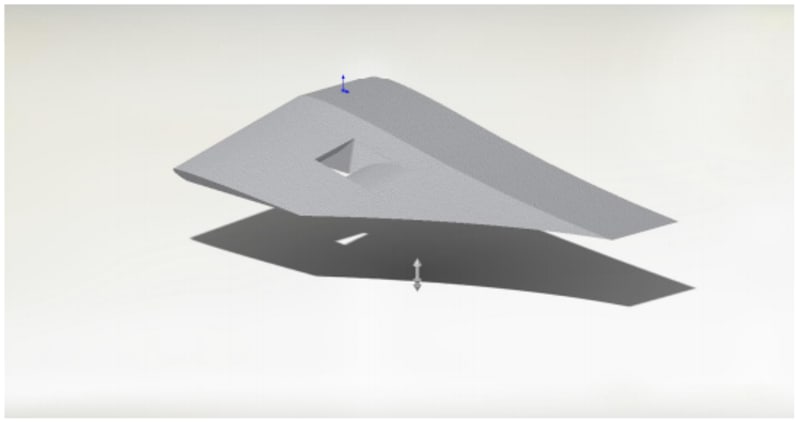Wingsuits are flexible, durable nylon webbed suits that use ram-air inflation during flight. The utilization of webbing between each arm and the body, and involving the legs helps generate lift, and provide sufficient glide ratio when it comes to the user. Wingsuit flying provides more speed and flexibility than other thrill-seeking activities with no need of an external power source such as for example propeller or engines.
Ram-air inflation technology on wingsuits was inspired by a ram-air parachute invented by Jalbert, which made parachutes very reliable and safe. Ram air technology could be the method of air being pressurized into layers of fabric between the arms, legs and the body during the initial wall. The pressurization of air into the fabric creates wing-shaped cells that create similar glide ratios to an open flying-wing parachute.
Wing suit flying has now been recognized as an aggressive event because of the International Parachuting Commission (IPC) and several national parachuting associations, because of combination of advancements in wingsuit design and modern, highly reliable parachutes. This has also now enabled a person with an acceptable amount of physical fitness, balance, and courage, to learn to fly them.
The innovation regarding the wingsuit was inspired by an inventor because of the name of Andrew Garnerin. in 1797 he invented and made the first jump from 8000 feet with a parachute without a rigid frame. Whilst the parachute descended, severe oscillations were induced within the canopy. it had been suggested to Garnerin by a spectator to cut a hole nearby the apex associated with canopy to inhibit the oscillations. This modification had dramatically reduced canopy oscillations and in addition it vents high air pressure during deployment, therefore reducing opening shock.
It really is generally accepted that wing suiting adds a diploma of complexity to skydiving, with risks such as for instance flat-spins (uncontrollable spinning), burble (a vortex when you look at the parachute deployment area), tail-strikes (hitting an aircraft's tail on exit), twists (a spinning parachute), extra material to handle during a malfunction, and difficulty in depressurising wings prior to parachute deployment. Failure to take care of these problems happens to be recognized to cause fatal injury. Therefore adding apex vents onto an aerodynamically defined wingsuit design has reduced the known risks in preliminary CFD tests. The design is still in its preliminary stage and requires further optimization before a working prototype is to be developed.
Like this entry?
-
About the Entrant
- Name:Mohammad Hussain
- Type of entry:individual
- Patent status:none





